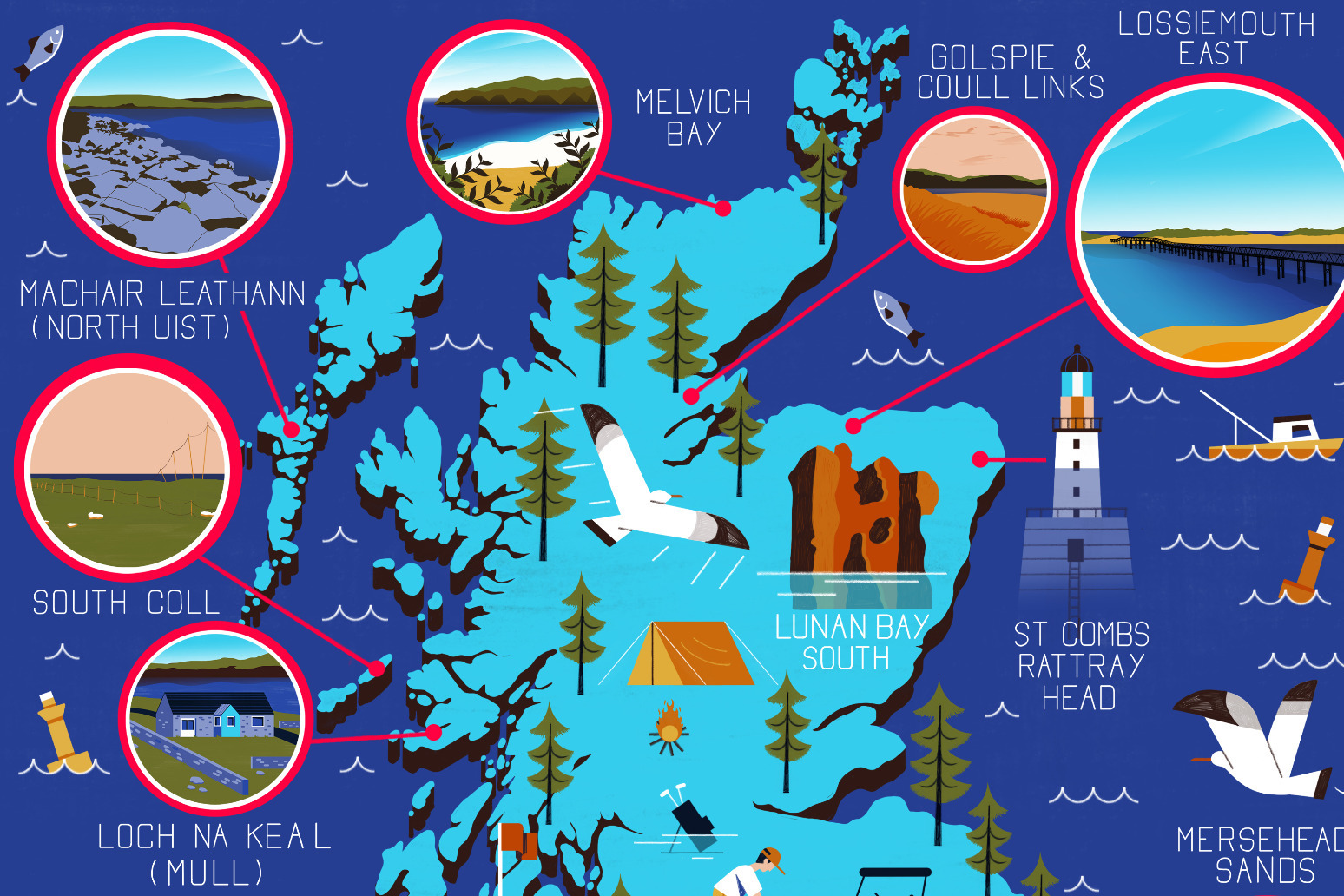
New map reveals Scotland's most at-risk beauty spots due to climate change
Areas include St Combs To Rattray Head, and Lunan Bay
Lovers of the great outdoors will be shocked to discover that some of Scotland’s best loved beauty spots are at risk of severe coastal erosion due to climate change, thanks to the University of Glasgow, who have today revealed the results of a meticulous study of Scotland’s coast - a map depicting key areas at severe risk of erosion and beach loss by 2050.
The University of Glasgow undertook a Scotland-wide analysis of coastal erosion risk (www.dynamicoast.com), including identifying more than ten coastal sites that will soon shrink dramatically through the impacts of sea level rise, strong wave action, and coastal flooding.
The map was commissioned by outdoor brand Vango as part of its ongoing commitment to advancing the UK’s sustainability agenda, helping to raise awareness around the ongoing issue of land erosion driven by climate change.
The scientifically-backed map features some of Scotland’s most beautiful wild camping locations and areas of historic significance, including the sweeping sand dunes of Golspie Links in the Scottish Highlands, Lunan Bay in Angus, the unique beaches of South Coll, and the idyllic inlets on the Caithness coast, including Strathy and nearby Melvich.
It is estimated that all of the featured locations will be under increased threat from rising sea levels and extreme weather conditions by 2050 and beyond.
Published: by Radio NewsHub